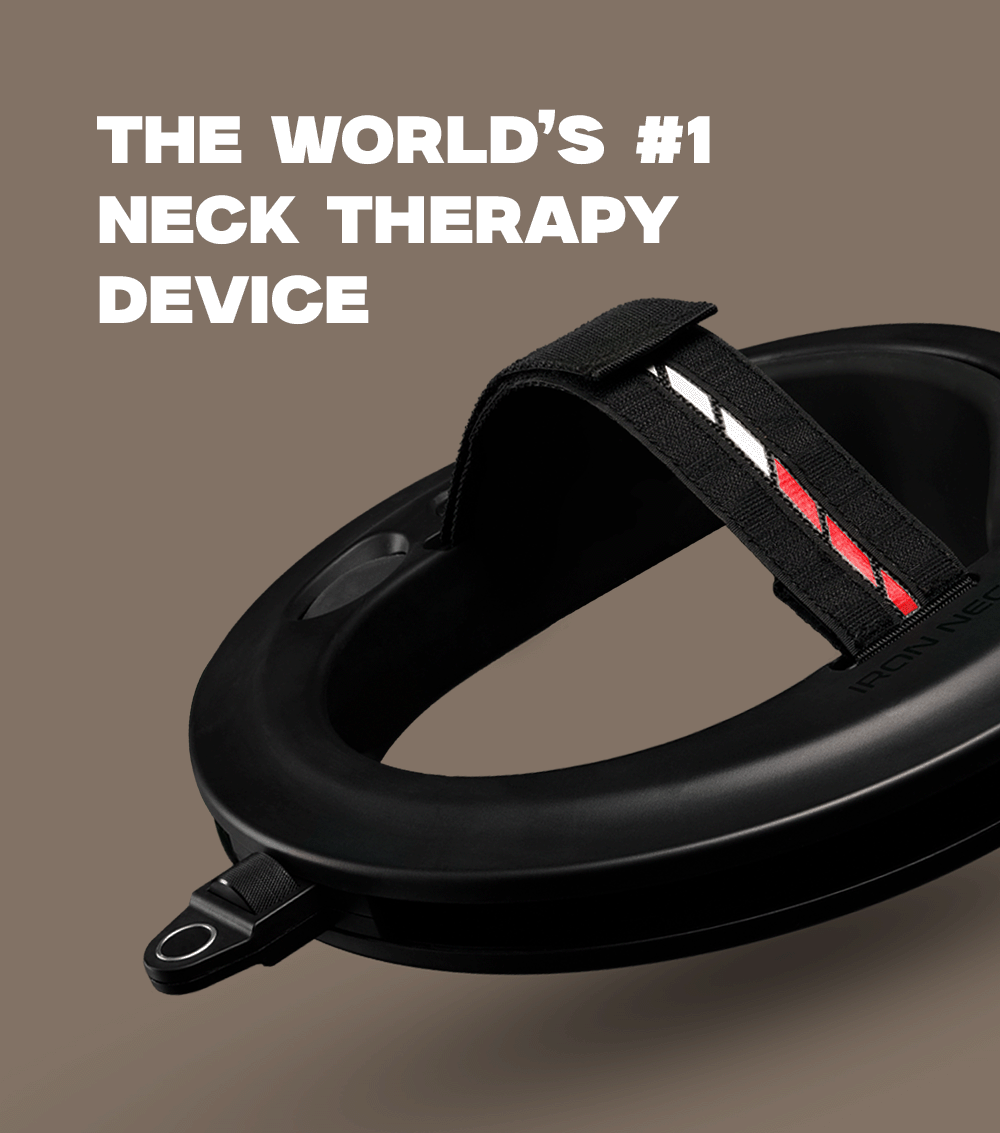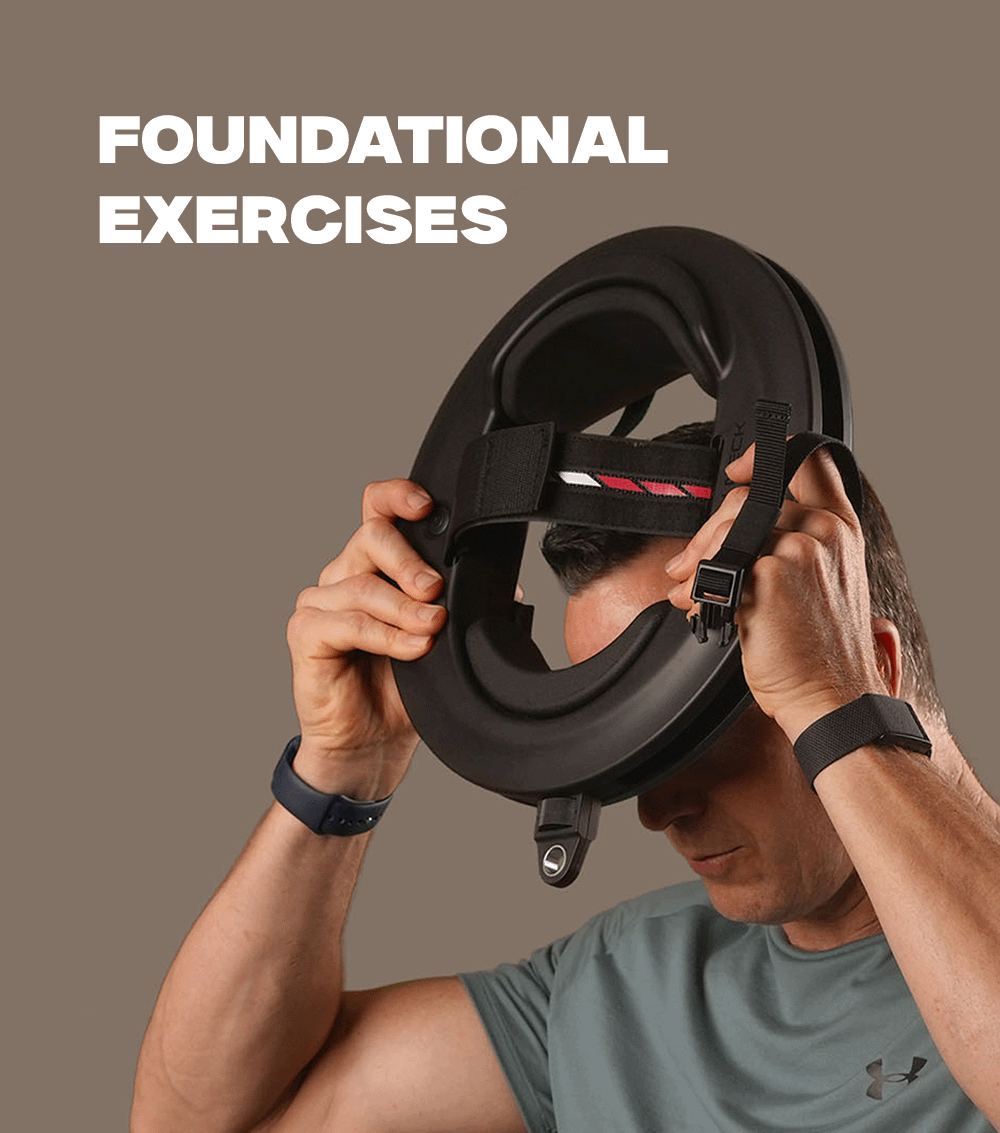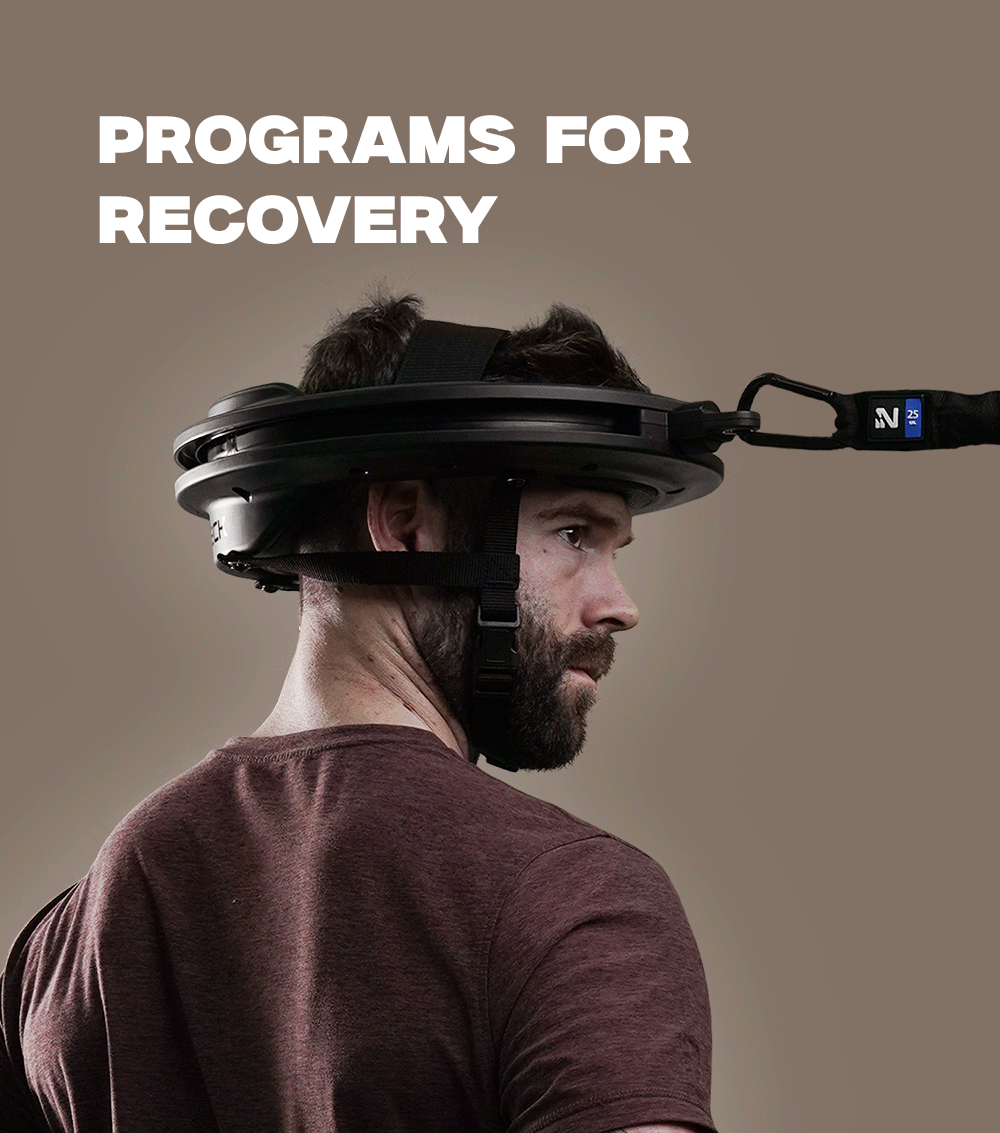Doctors, public health agencies, and health insurance companies all over the world use alphanumeric codes called ICD-10 for diagnosis representation, such as neck pain ICD-10, backache ICD-10, etc. Each disease, injury, disorder, symptom, and infection has a unique ICD-10 code. ICD-10 codes are used for tracking epidemics to the processing of insurance claims and for the compilation of global statistics on mortality.
ICD-10 means International Statistical Classification of Diseases and Related Health Problems 10th Revision. This is shortened to the International Classification of Diseases. The WHO (World Health Organization) publishes, copyrights, and updates it regularly. In June of 2018, WHO published the ICD-11, which will most likely take effect in 2022.
ICD-10 in U.S.A
In the U.S.A, ICD codes are in use all over, from the rural clinics to large government agencies, and all health insurance companies. The ICD-10 is used in the US courtesy of the National Center for Health Statistics. The NCHS, with express permission from WHO, developed an ICD-10 modification, which is used in the U.S only. This modification is known as the ICD-10-CM (clinical modification).How the ICD-10 Works
The alphanumeric ICD-10 codes contain three to seven characters. Every code is a description of a specific diagnosis, such as neck pain ICD-10. The ICD-10 code has characters added to it as the diagnosis becomes more detailed.For example, rheumatoid arthritis is coded as:
M05.7: Rheumatoid arthritis with rheumatoid factor without organ or systems involvement
M05.73: Rheumatoid arthritis with rheumatoid factor of the wrist without organ or systems involvement
M05.732: Rheumatoid arthritis with rheumatoid factor of the left wrist without organ or systems involvement
Cervical disc disorders are codes as:
- M50.0: Cervical disc disorder with myelopathy
- M50.00: Cervical disc disorder with myelopathy, unspecified cervical region
- M50.01: Cervical disc disorder with myelopathy, high cervical region
- M50.02: Cervical disc disorder with myelopathy, mid-cervical region
- M50.020: unspecified level
- The first three characters in the code define the disease category, infection, symptom, or disorder. For instance, any code beginning with M00 to M99 represents musculoskeletal system diseases. M54.2 is the code for neck pain ICD-10, while any code starting with J00 to J99 is respiratory diseases.
The 4th to 6th characters define the particular body site, the problem’s severity, injury cause, and other details. The seventh character is an extension that is used for different purposes. The doctor has to find out if this is a first-time problem, a recurring one, or a sequel occurring due to a different condition.
Neck Pains
Neck pains are very common, and they range from mild discomfort to chronic pain. Neck pain ICD-10 is represented by M54.2, but many variations are depending on the specific diagnosis. As mentioned before, M00 to M99 represents diseases of the musculoskeletal system.The approximate synonyms for neck pain ICD-10 are:
- General discomfort and neck pain
- Chronic neck pain
- Chronic neck pain for more than three months
- Acute neck pain, less than three months
- Pain in the cervical spine for less or more than three months
- Pain, cervical (neck) spine, acute less or more than three months
- The clinical information on neck pain is generally a disorder that is characterized by a marked discomfort in the posterior or lateral neck regions or intense pain localized in your cervical area.
Cervicalgia (M54.2)
Neck pain ICD-10 involves many forms of back pain, such as Cervicalgia, or M54.2. Cervicalgia is a pain in the cervical spine. The cervical spine is the area that extends from the first spinal vertebra to the seventh vertebra. The first spinal bone starts from your ear level, while the seventh spinal bone is at the base of your neck.The neck is made up of the first seven spinal bones, which means the bone right under the seventh vertebra is not the eighth vertebra, but it is the first thoracic vertebra. This vertebra is associated with the thoracic spine and is compatible with the mid and upper back areas.
Symptoms
The symptoms of neck pain ICD-10 M54.2 or Cervicalgia include:- Constant pain in the neck
- Sharp pain with movement, especially when turning
- Neck tension
- Stiffness in upper neck and back
- Headaches
- Tender neck muscles
Sometimes, Cervicalgia can be very intense, but it localizes in the same area, unlike pain from a herniated disc, where pain from a pinched nerve radiates and sending shooting pains down the nerve pathway. Since the cervical spine hosts myriad sensory organs and nerves, Cervicalgia may have other symptoms such as neck pops and cracks, ringing in ears or tinnitus, cardiovascular symptoms, and hearing difficulties as well.
Torticollis (M43.6)
Torticollis, or known as neck pain ICD-10 M43.6, is also referred to as Loxia or wry neck. It is among a broader disorder category that flexes, extends or twists neck muscles beyond their standard position. The definition of Torticollis in Latin is ‘twisted neck,’ as the neck twists to one side, and causes head tilt. The condition either develops over time, is inherited, caused by a medication reaction or caused by trauma.Twisting or bending your neck too far may lead to acute torticollis. The condition has few symptoms except discomfort and head tilting. It will hurt when you move your head from side to side. The neck muscles of the affected side are often tender to the touch. The doctor checks your motor and nerve function to ensure there is no spinal injury.
Symptoms
Neck tilts to one side and the muscles of the neck, and the ones between the neck and shoulders, are tense and tender, causing you to experience neck painOculogyric crisis or eye deviation where the eyes look involuntarily upward, and the tongue protrudes involuntarily (buccolingual)
Sustained (tonic) or jerky (clonic) neck muscle spasms
Shoulder, back pains, headache, muscle pain, or muscle tightnes
Whiplash (S13.4)
Whiplash is a non-medical term for neck injury because of a rapid and forceful back and forth neck movement. Cervical acceleration-deceleration (CAD) describes the injury mechanism while WAD or Whiplash Associated Disorders is the sequelae and subsequent symptoms. Whiplash injury often happens due to rear-end motor accidents. The injury also results from sports accidents from combat sports or other types of trauma, such as physical abuse. Whiplash injury is classified as neck pain ICD-10 S13.4. Whiplash is not life threatening but can cause partial disability for a while.Symptoms :
- neck pain and stiffness
- headache
- shoulder pain and stiffness
- dizziness
- fatigue
- jaw pain
- arm pain
- arm weakness
- Anger
- Depression
- Anxiety
- Frustration
- Stress
The Strain of Muscle, Fascia, and Tendon at Neck Level (S16.1XXA)
Strains are classified according to the severity of the area they affect, and they can be either mild, moderate, or severe. When ranked by area, the exact musculature is used such as cervical paravertebral, gluteal, etc. if the muscles are not specific, and surrounding a joint, the area is used as a descriptor such as left knee strain, iliofemoral strain, neck pain icd-10, etc.
First Degree Strain
A first-degree strain is a muscle pull that is caused by trauma from a dynamic stretch, resulting in low-grade inflammation. Disability, hemorrhage, function, or strength losses are mild. Physical symptoms include swelling, tenderness, ecchymosis, and mild spasm.
Second-Degree Strain
A second degree strain is a muscle that has been moderately pulled by trauma from a violent contraction, resulting in torn fibers. It has moderate swelling and hemorrhaging. Function loss and muscle spasm are higher, and its complications are similar to first-degree strains.
Third-degree Strain
A third-degree strain is a muscle that is severely strained. The trauma to the muscle results in torn tendons and ruptured tissue. It may represent as a muscle-tendon, or bone-tendon muscle-muscle separation. There is severe pain, swelling, tenderness, disability, muscle function loss, and hematoma.
General Symptoms of Neck Strain
Neck Strain Symptoms are usually mild to moderate, and eventually heal. Common symptoms include:
A localized pain in the neck: Neck strains mostly affect the nape and partially in an adjacent area such as the upper back, shoulder, or back of the head.
Throbbing pain: You may feel a dull pain that may affect your sleeping pattern, or cause you to lose concentration during the day. This ache is felt deep into the muscles.
Sharp Pain: You may feel a knife-like and stabbing pain in the neck muscles
Pain that gets worse with slight movement: You might feel no pain when the neck is at rest, but with movement, the pain flares up.
Muscle spasms: The injury may cause inflammation, and this can trigger painful spasms in the neck muscles and the adjacent muscles.
Stiff neck: There is difficulty moving your neck in one or several directions. Neck stiffness because of a strain is caused by muscle swelling or tightening in defense against more injury.
How are Neck Injuries Diagnosed and Treated?
Neck injuries are mostly never diagnosed officially, as the pain goes away after a few days. If the neck pain occurs because of a significant impact, or persists and gets worse a few days after the injury, there is cause to worry and see a doctor.
Medical History
Your medical history collectively includes any medical conditions that are known, such as family history. It also includes how the injury occurred, and when you started exhibiting the current symptoms. The doctor may collect information about your lifestyle habits such as hobbies, work, exercise, stress levels, sleep, and nutrition.
Physical Exam
A physical exam includes observation and palpating your neck to feel for any abnormality such as muscle spasms and tenderness. The doctor also tests your neck’s range of motion by asking you to move your head up, down, and side to side. If the doctor suspects a nerve compression in your cervical spine that is causing tingling or pain into your arm, a Spurling’s test may be carried out by pushing on the head gently to check if the symptoms are reproducible.If these do not work and pain persists, the doctor may order for an X-ray, CT scan, or an MRI scan to rule out a more serious underlying issue.
Treatments for Neck Pain
When you get a neck strain on the neck pain ICD-10, the following procedures are the first course of action:
Less Activity
Resting your neck and staying away from strenuous activities for a few days gives your tendons or muscles time to heal. Pushing yourself may make the injury worse.
Ice or Heat Therapy
Applying ice in the first 48 hours of sustaining the injury helps to reduce the swelling. After 48 hours have elapsed, ice or heat may be applied, depending on your preference. To avoid skin damage from the heat or ice, ensure there is a layer in between.
Over the Counter Medication
Anti-inflammatory medication such as Ibuprofen reduces the amount of inflammation and pain. You can also take pain relievers.
Prescription Medicine
Sometimes, neck pain may require prescription medication, depending on the condition. A doctor may prescribe a muscle relaxant to alleviate the pain from muscle spasms.
Treatment for Lingering Neck Pains
If neck pain lingers longer than several days, you may have an underlying issue in your cervical spine and causes chronic pain and muscle spasms. You may need to get further treatment, such as:
Physical Therapy
Anti-inflammatory medication such as Ibuprofen reduces the amount of inflammation and pain. You can also take pain relievers
Massage Therapy
Massage therapy is suitable for loosening and relaxing muscles and increasing the blood flow to the damaged tissues. Some doctors may provide massage therapy along with manual manipulation.
Conclusion
Doctors and various medical practitioners in the world use the ICD-10 for multiple diagnoses. Each injury or disease has a unique alphanumeric code. Neck injuries and neck pain ICD-10 are classified in the M00 to M99 series, which represents all musculoskeletal diseases.There are numerous ways to treat neck injuries, which could be caused by varying reasons, such as whiplash. To be safe, any pain that lasts more than a few days should be seen by a doctor to rule out any underlying issues.






